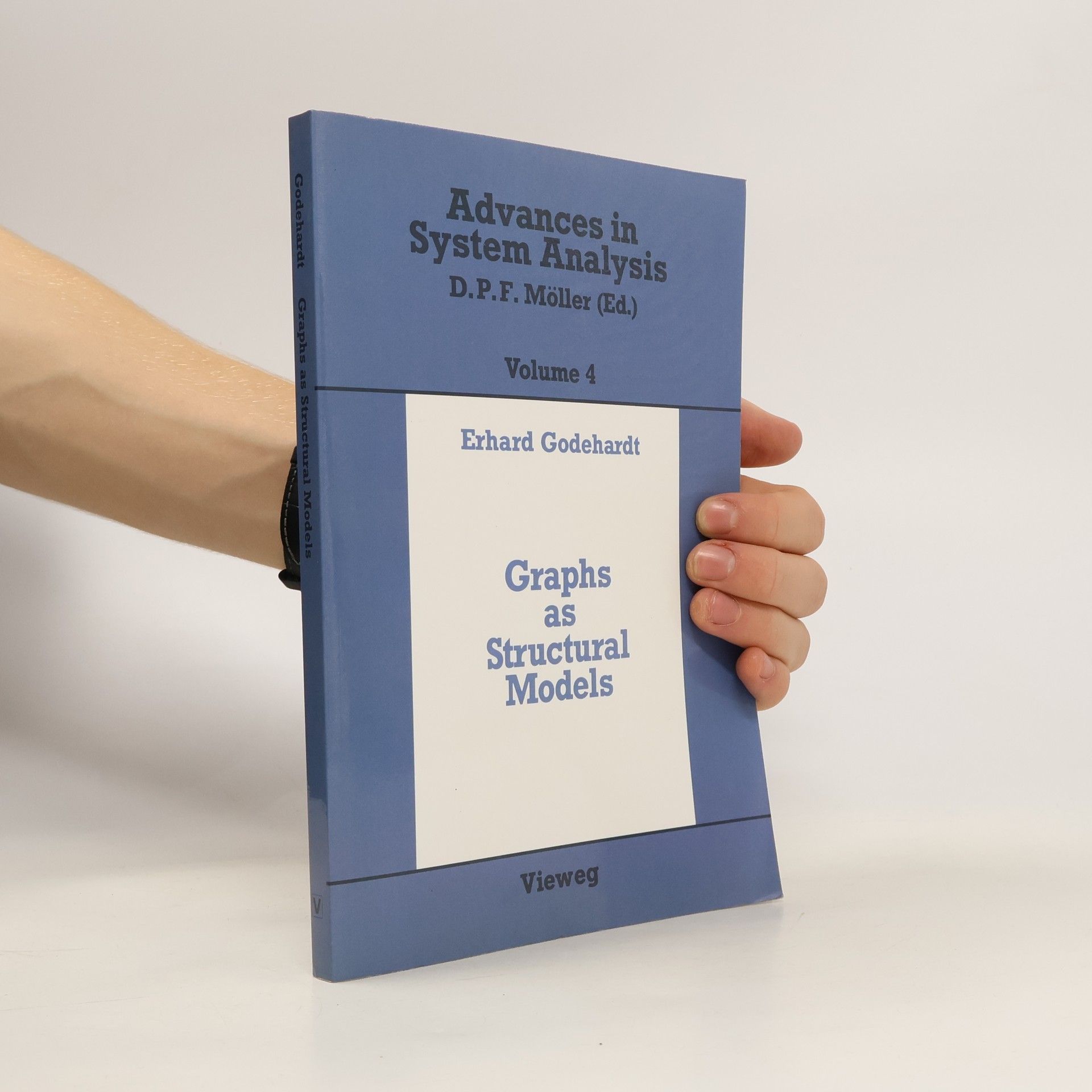Parameters
More about the book
The emergence of high-speed computers with vast storage capabilities has allowed statisticians and life science researchers to apply multivariate statistical procedures to large data sets, facilitating the exploration of their structures. Increasingly, graphical representation and data analysis methods are employed in investigations, falling under the growing field of exploratory data analysis (EDA). Many applications suggest that objects can be meaningfully clustered into subgroups. For instance, extensive data sets in clinical cancer registers are unlikely to be homogeneous. The procedures aimed at separating data into groups are known as cluster analysis or numerical taxonomy. The roots of cluster analysis trace back to biology and anthropology in the early 20th century, with K. Pearson's systematic investigations in 1894 marking a significant milestone. The quest for classifications or typologies is not limited to biology; it spans various disciplines. Recently, there has been an increasing interest in classification and related areas, leading to applications of cluster analysis across diverse fields such as psychology, regional analysis, marketing research, chemistry, archaeology, and medicine.
Book purchase
Graphs as structural models, Erhard Godehardt
- Language
- Released
- 1988
- product-detail.submit-box.info.binding
- (Paperback),
- Book condition
- Good
- Price
- €3.59
Payment methods
No one has rated yet.


